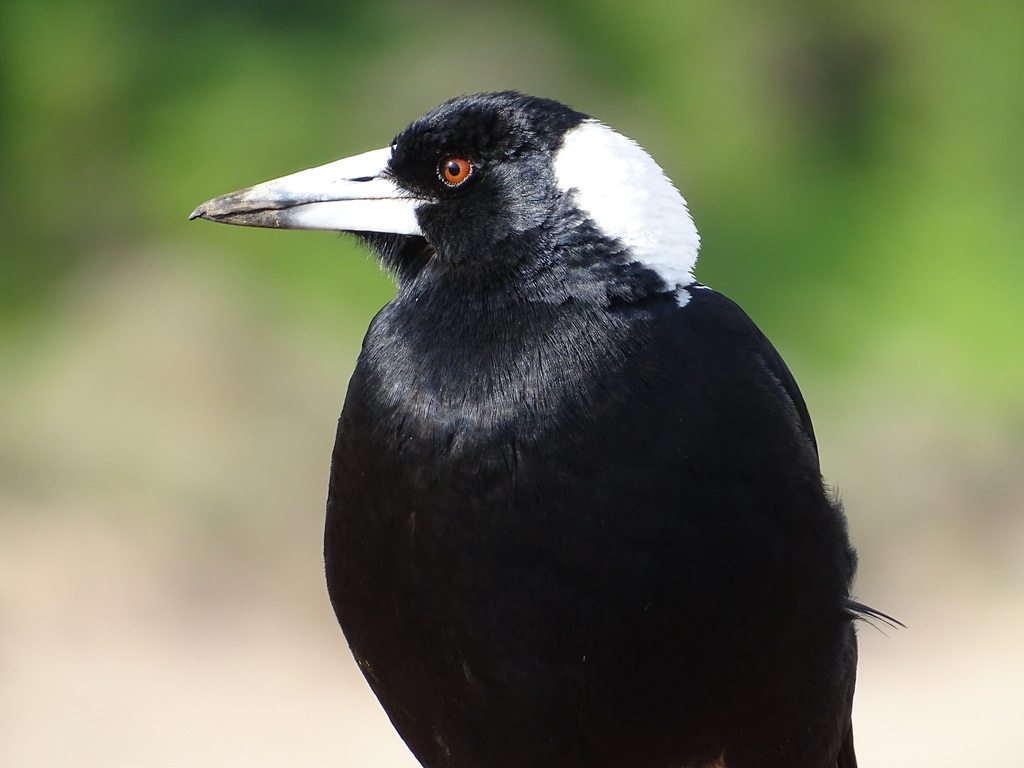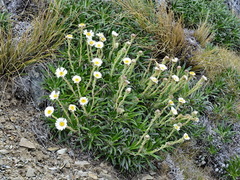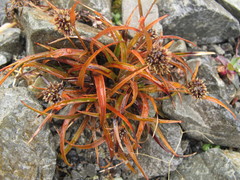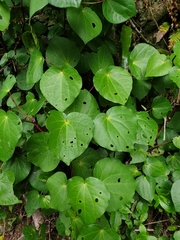Taxa Info
Silver Banksia
(Banksia marginata)
·
·
·
·
·
·
·
→

Banksia marginata, commonly known as the silver banksia, is a species of tree or woody shrub in the plant genus Banksia found throughout much of southeastern Australia. It ranges from the Eyre Peninsula in South Australia, to north of Armidale, New South Wales, and across Tasmania and the islands of Bass Strait. It grows in various habitats, including Eucalyptus forest, scrub, heathland and moorland. Banksia marginata varies widely in habit, ranging from
Learn more »
patricklam2 observed one on 2024-05-03 in Cradle Mountain TAS 7306, Australia

American White Waterlily
(Nymphaea odorata)
←
·
·
·
·
·
·
·
→

Nymphaea odorata, also known as the American white waterlily, fragrant water-lily, beaver root, fragrant white water lily, white water lily, sweet-scented white water lily, and sweet-scented water lily, is an aquatic plant belonging to the genus Nymphaea. It can commonly be found in shallow lakes, ponds, and permanent slow moving waters throughout North America where it ranges from Central America to northern Canada. It is also
Learn more »
a_west observed one on 2024-04-29 in Whalers Gate, New Plymouth, New Zealand

Mosquito Ferns
(Genus Azolla)
←
·
·
·
·
·
·
·
→

Azolla (mosquito fern, duckweed fern, fairy moss, water fern) is a genus of seven species of aquatic ferns in the family Salviniaceae. They are extremely reduced in form and specialized, looking nothing like other typical ferns but more resembling duckweed or some mosses.
Learn more »
leonperrie observed one on 2024-07-20 in Leeston, New Zealand

Australian Magpie
(Gymnorhina tibicen)
←
·
·
·
·
·
·
·
→

The Australian magpie (Gymnorhina tibicen) is a medium-sized black and white passerine bird native to Australia and southern New Guinea. Although once considered to be three separate species, it is now considered to be one, with nine recognised subspecies. A member of the Artamidae, the Australian magpie is placed in its own genus Gymnorhina and is most closely related to the black butcherbird (Melloria quoyi). It is not, however, closely related to the European magpie
Learn more »
glebglub observed one on 2024-07-26 in Macleans Road Reserve, Auckland, Auckland, NZ

Carolina Fanwort
(Cabomba caroliniana)
←
·
·
·
·
·
·
·
→

Cabomba caroliniana is an aquatic perennial herbaceous plant native to North and South America. It is a weed of national significance in Australia and on the list of invasive alien species of union concern in the EU.
Learn more »
realta1 observed one on 2022-09-25 in Ranui, Auckland, New Zealand

Crustaceans
(Subphylum Crustacea)
←
·
·
·
·
·
·
·
→

Crustaceans (Crustacea /krʌˈsteɪʃə/) form a large, diverse arthropod taxon which includes such familiar animals as crabs, lobsters, crayfish, shrimp, krill, woodlice, and barnacles. The crustacean group is usually treated as a subphylum, and thanks to recent molecular studies it is now well accepted that the crustacean group is paraphyletic, and comprises all animals in the Pancrustacea clade other than hexapods. Some crustaceans are more closely related to insects and other hexapod
Learn more »
ltimmo observed one on 2024-07-26 in Grafton Road at The Crescent, Roseneath, Wellington 6011, New Zealand

Yellow-banded Leafroller Parasite
(Xanthopimpla rhopaloceros)

tomsub observed one on 2024-06-11 in North Island / Te Ika-a-Māui, Wellsford, Auckland, NZ

Recently Observed
 Veronica epacridea
on July 26, 2024
Veronica epacridea
on July 26, 2024


 Kawakawa
(Piper excelsum)
on July 26, 2024
Kawakawa
(Piper excelsum)
on July 26, 2024
 Mamaku
(Cyathea medullaris)
on July 26, 2024
Mamaku
(Cyathea medullaris)
on July 26, 2024
















































































